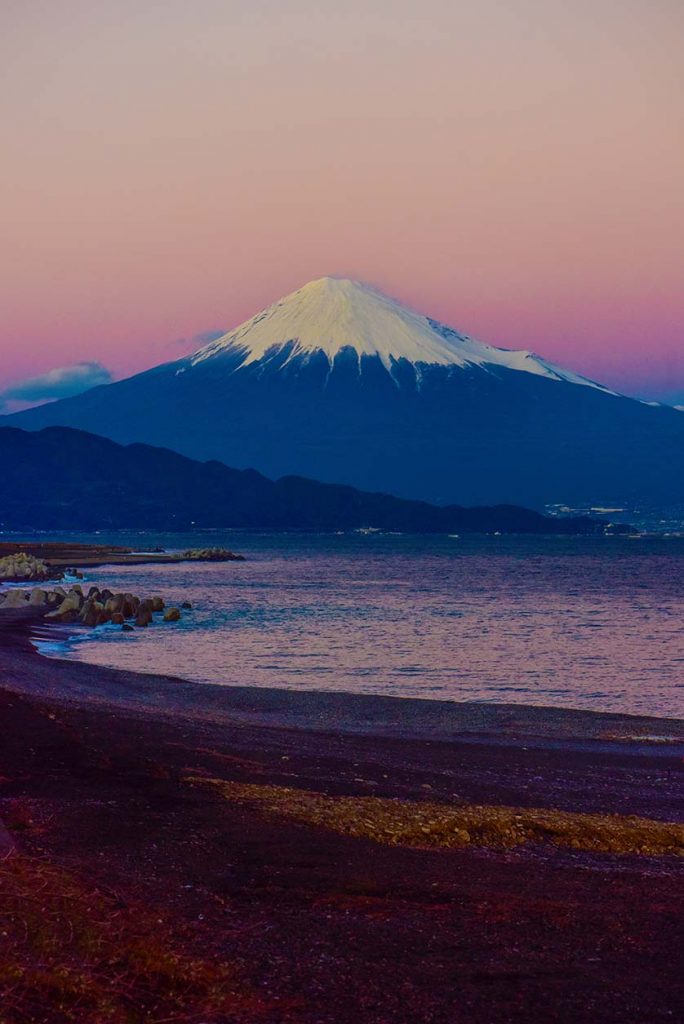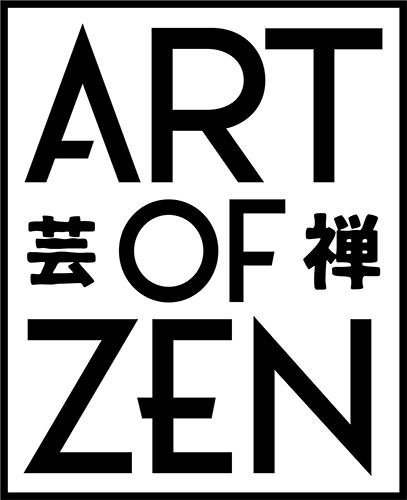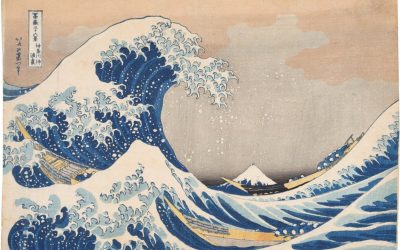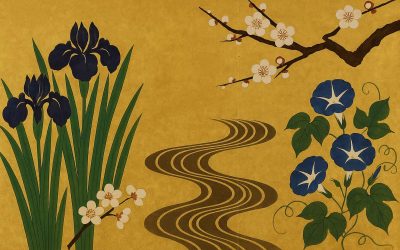Introduction
Have you ever wondered why Mt Fuji is referred to as Fujisan, or literally Mr Fuji? If you’re familiar with the honorific way of addressing people in Japan, you’ll know that they add a “san” to the end of a name.
The name “Fuji-san” is a common way to refer to Mount Fuji in Japan. In Japanese, “Fuji” is written as 富士, and “san” is how the kanji character 山 (yama) is pronounced (on’yomi), which translates to “mountain.” So, “Fuji-san” essentially means “Mount Fuji.”
So, the “san” sound is Fujisan is not the same as the honorific word attached to people’s names.
The use of “san” when referring to mountains is a common practice in Japanese. It’s a way of showing respect or reverence to the natural feature. In many cultures, mountains are often considered sacred or revered, and attaching “san” to the name is a way of acknowledging this.

Mount Fuji is the highest mountain in Japan and has been a symbol of the country for centuries. It holds cultural and spiritual significance and is often depicted in traditional Japanese art and literature. The name “Fujisan” reflects the cultural and linguistic traditions of Japan in showing respect for this iconic mountain. And that’s why Mt Fuji is called Fujisan!
If you’re planning a trip to Japan and want to witness the majesty of this legendary peak, here are the five best places to see Mount Fuji, complete with details on how to get there, the ideal times of year to visit, and what makes each location unique. And finally, here are 10 Amazing Facts About Mount Fuji.
Read more:
- 6 of the Most Prominent Mount Fuji Ukiyo-e Art Prints
- Introducing Two New Contemporary Mount Fuji Art Prints
- The Iconic Power of The Great Wave off Kanagawa by Hokusai

At the Art of Zen we have a wide selection of original Japanese art prints in the ukiyo-e and Japandi style. Some of our best selling work is Mount Fuji art and Japandi wall art.
Add some zen art to your space with some art from the Art of Zen shop.
Featured image of Mount Fuji by Max Bender on Unsplash.




Die Japaner nennen ihn Mister Fuji auf Englisch. Yama 山 wird yama ausgesprochen. Und san さん wird San ausgesprochen. Es ist tatsächlich eine Ehrerbietung, aber es geht ja eben darum, dass es die Bezeichnung für eine Person ist. Deshalb Mr. Fuji ふじさん und nicht Fujiyama ふじ山
山 “mountain” is literally pronounced “san” when used in on’yomi contexts which in this case is to denote that this is indeed a mountain we’re talking about. In other contexts 山 would be pronounced yama. The most common explanation I can find is that “yama” would be used when just talking about any mountain and “san” will be used in most moutain names, but here are exceptions to this so you pretty much have to learn case-by-case for certain mountain names. Look up on’yomi vs. kun’yomi kanji details on why characters have multiple readings.
According to some quick corroborating research on youtube, wikipedia, and reddit it’s a pretty common error for foreign Japanese speakers to refer to Mt. Fuji as “Fujiyama.” There’s even a rollercoaster nearby called “Fujiyama” that sort’ve makes light fun of this. I used to think that impressive or auspicious mountains in Japan were given an honorific “-san” as a sign of respect but this does not appear to be the case.